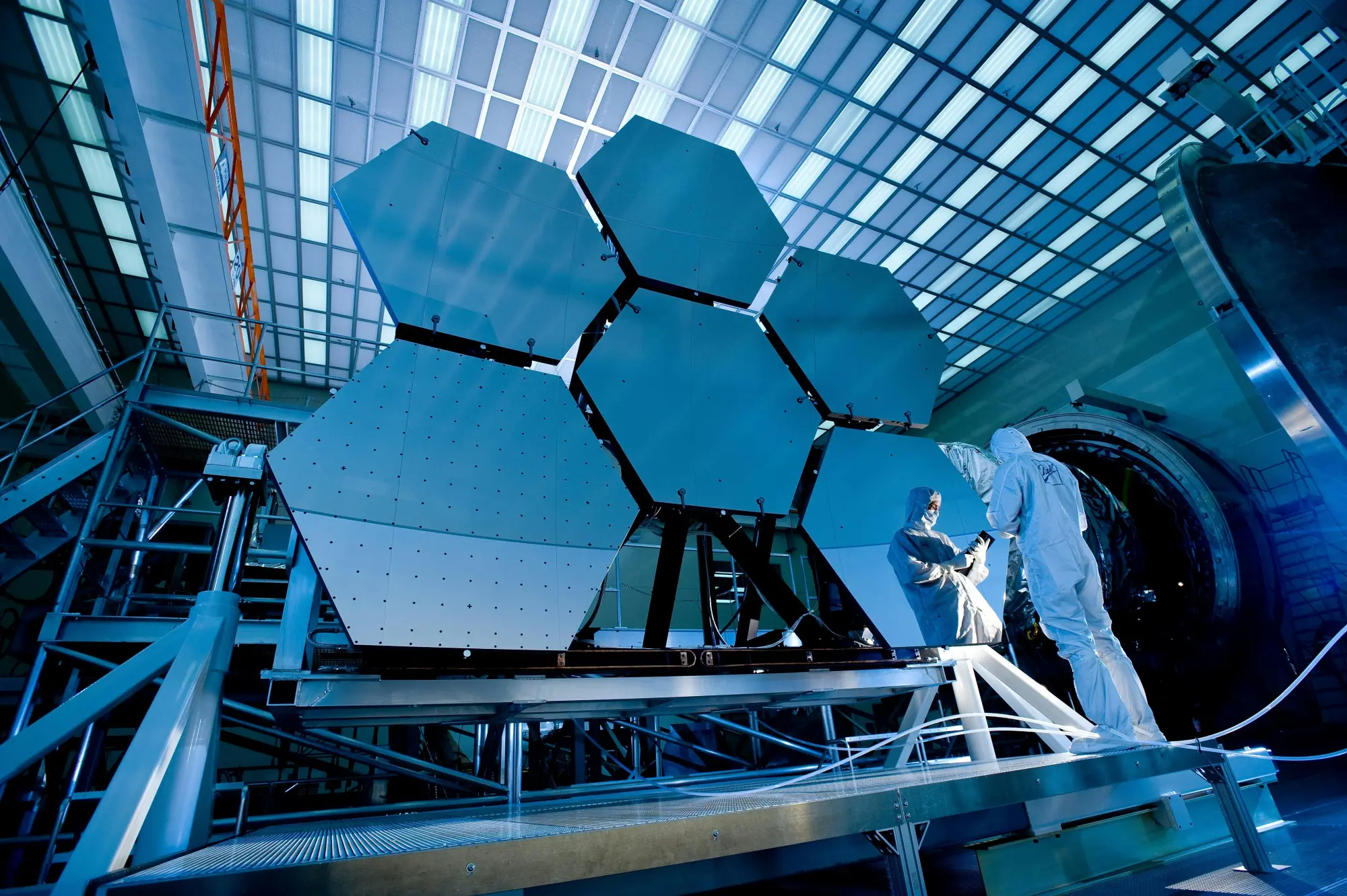Revolutionizing Nanodevice Fabrication with Advanced Lithography Tools

In the ever-advancing realm of nanotechnology, the ability to create precise nanoscale patterns is fundamental to innovation across numerous industries. Tools such as the Raith EBPG5200 Electron Beam Lithography System and the μMLA Heidelberg Instruments Laser Writer stand at the pinnacle of this technology, offering unparalleled accuracy and flexibility for researchers and engineers alike.
The Raith EBPG5200 represents a breakthrough in electron beam lithography (EBL), a technique that uses a focused beam of electrons to draw custom patterns on a resist-coated substrate. This system excels in producing features as small as a few nanometers, making it indispensable for fabricating high-resolution devices such as quantum dots, photonic crystals, and advanced transistors. Its high-throughput capabilities, combined with sophisticated software for pattern design and exposure control, allow for the efficient production of complex nanostructures. In practical applications, the EBPG5200 has been pivotal in developing next-generation semiconductor devices, where traditional optical lithography falls short due to diffraction limits.
Complementing the EBPG5200, the μMLA Heidelberg Instruments Laser Writer introduces maskless lithography, a method that bypasses the need for expensive photomasks by directly writing patterns onto the substrate using a laser beam. This approach is particularly advantageous for rapid prototyping and low-volume production, as it enables quick iterations and customization without the overhead of mask fabrication. The system's high-resolution optics and precise stage control ensure patterns with sub-micron accuracy, ideal for creating microfluidic channels, optical waveguides, and MEMS components. Researchers benefit from its user-friendly interface, which integrates seamlessly with CAD software, streamlining the design-to-fabrication workflow.
At our facility, nestled within the vibrant research ecosystem of TU Delft and the Kavli Nanolab, we harness these tools to deliver bespoke nanofabrication services. Our expertise extends beyond mere tool operation; we provide comprehensive support, from initial design consultation to final device testing. For instance, in solid-state device fabrication, we utilize the EBPG5200 to pattern gate structures for field-effect transistors, achieving mobilities that rival industry standards. In fluidic devices, the μMLA's maskless capabilities allow for the creation of intricate channel networks for lab-on-a-chip applications, enhancing diagnostic speed and accuracy.
The integration of these technologies not only pushes the boundaries of precision but also enhances performance metrics such as yield and reproducibility. By minimizing defects through advanced alignment and exposure strategies, we ensure that our clients' projects meet the rigorous demands of commercial and academic pursuits. Moreover, our services are tailored to specific requirements, whether it's scaling up for production or optimizing for experimental novelty.
In addition to technical prowess, our approach emphasizes sustainability. The energy-efficient operations of these tools reduce environmental impact, aligning with global efforts to green nanotechnology. We also offer training programs to empower users, fostering a collaborative environment that accelerates innovation.
Looking ahead, the evolution of these lithography tools promises even greater advancements. With ongoing developments in multi-beam EBL and adaptive laser systems, the future holds potential for faster processing times and finer resolutions, opening doors to applications in quantum computing and nanomedicine.
In summary, the Raith EBPG5200 and μMLA Heidelberg Instruments are not just tools; they are enablers of progress in nanotechnology. By leveraging our state-of-the-art facilities and expert team, we transform conceptual ideas into tangible, high-performance nanodevices, driving forward the frontiers of science and technology.


